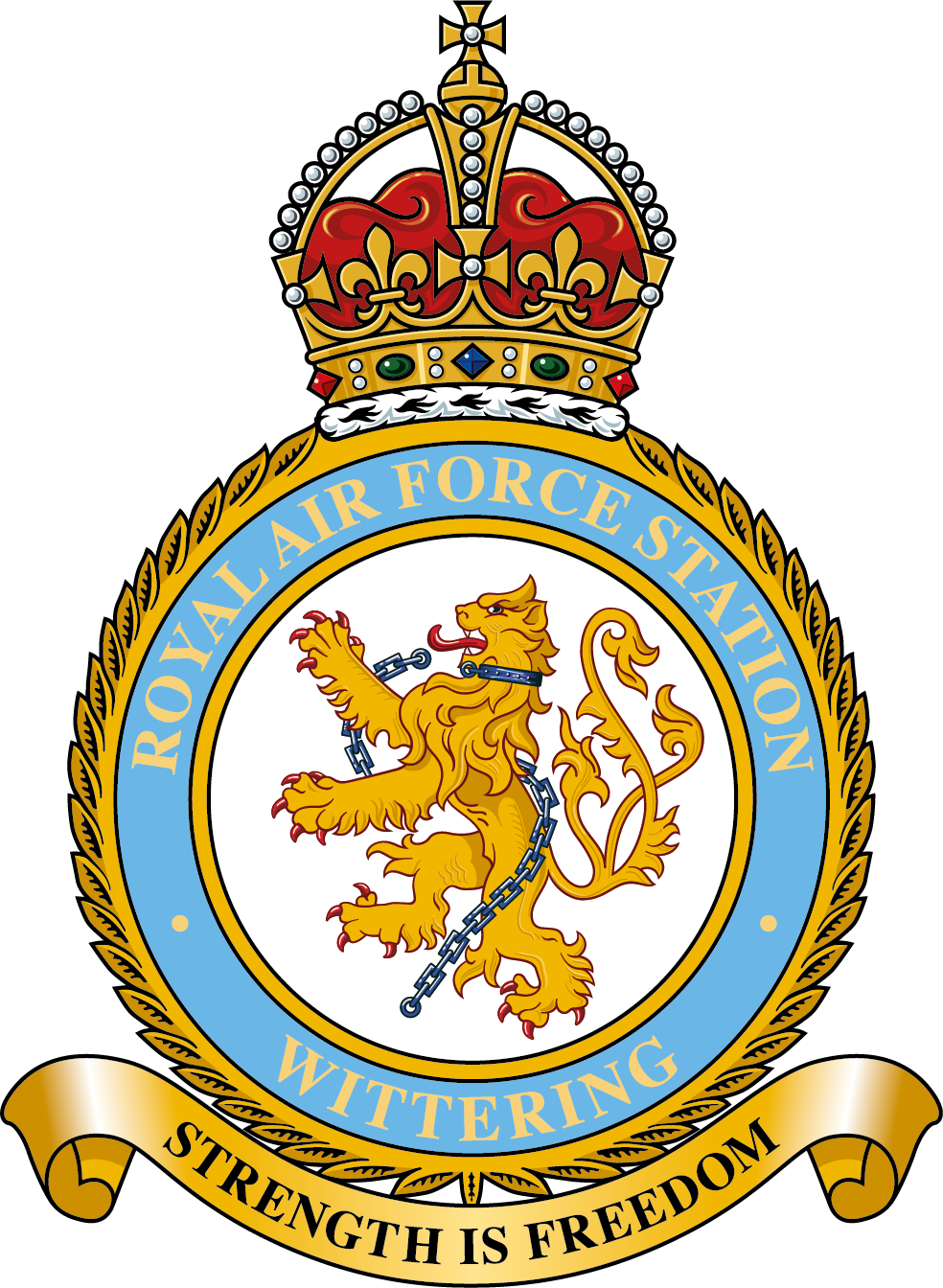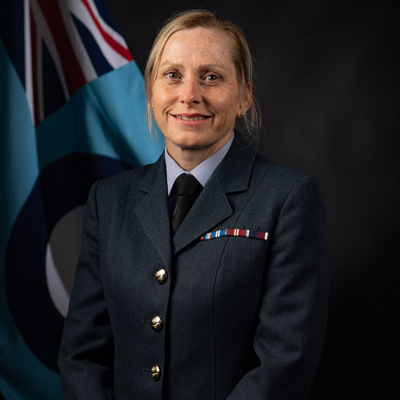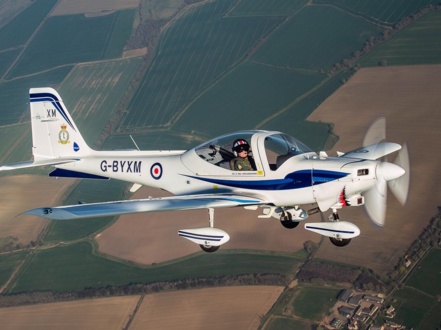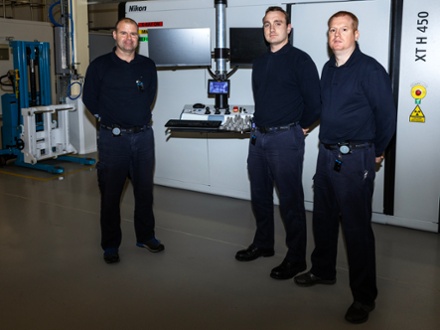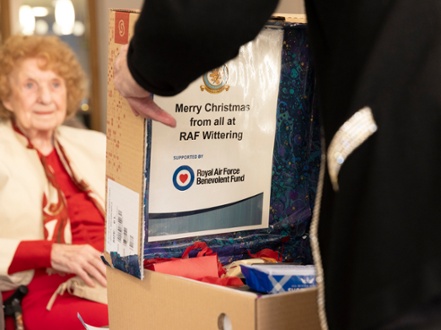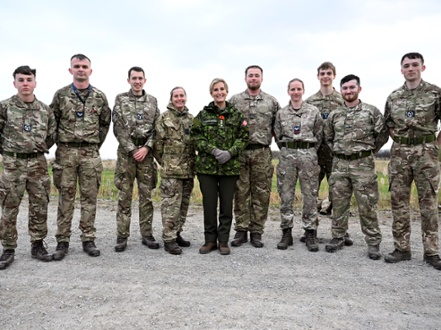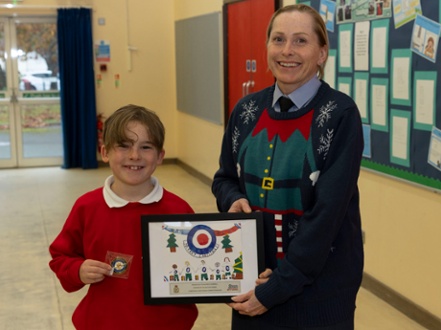The Station
RAF Wittering located in Cambridgeshire and Northamptonshire, is the main operating base and headquarters for the RAF A4 Force and is a major Station for flying training.
The A4 Force deploys the vital engineering and logistic support needed to sustain RAF operations and exercises around the world, from explosive ordnance disposal to catering, and aircraft repair to ground transport vehicles.
No 16 Squadron is part of No 3 Flying Training School and provide elementary flying training to the next generation of RAF pilots.
The squadrons of No 6 Flying Training School, teach qualified pilots to become flying instructors, deliver elementary flying training to University Air Squadron students and give Air Cadets their first flying experiences.
Around 1,400 Service, civilian and contractor personnel work at RAF Wittering, although a large number of the Service personnel can be deployed across the globe at any one time.



